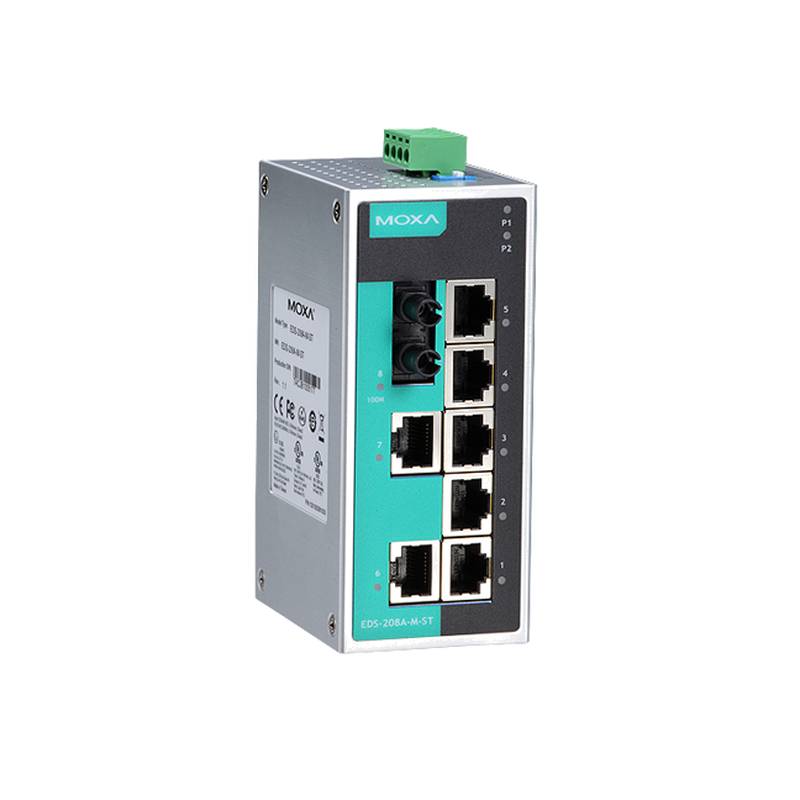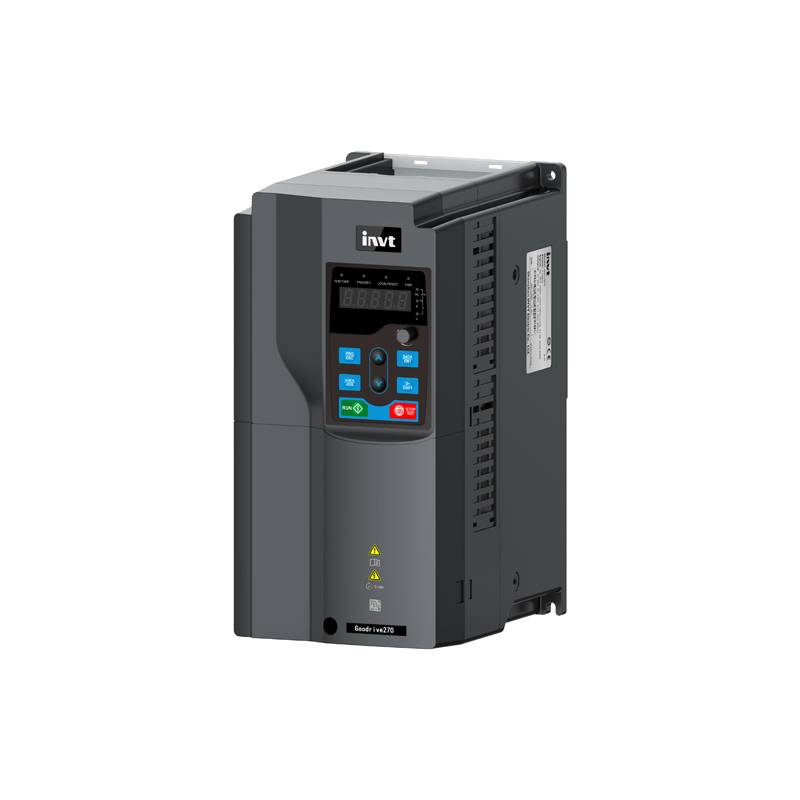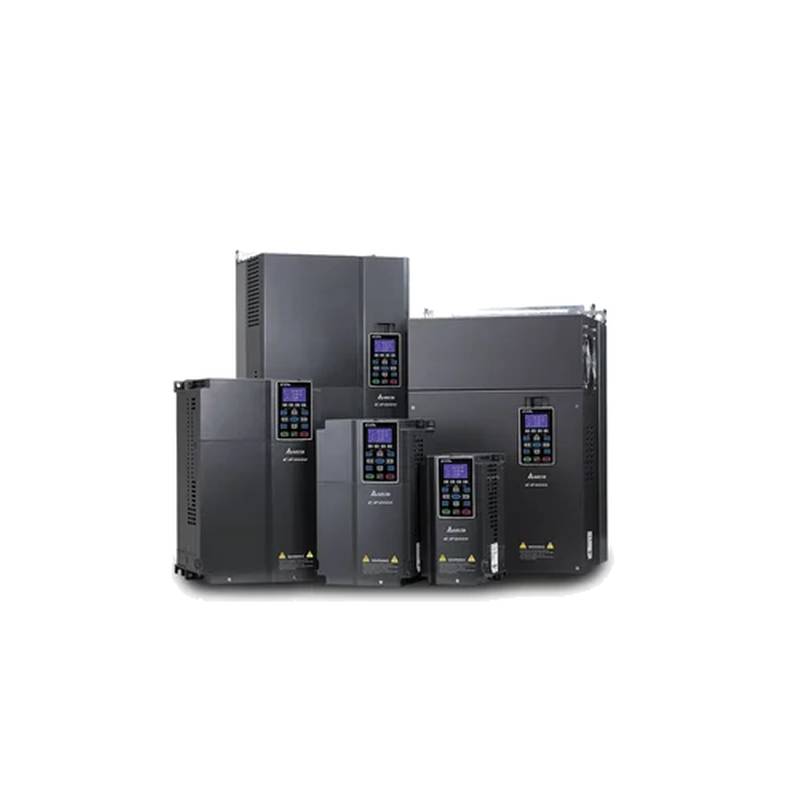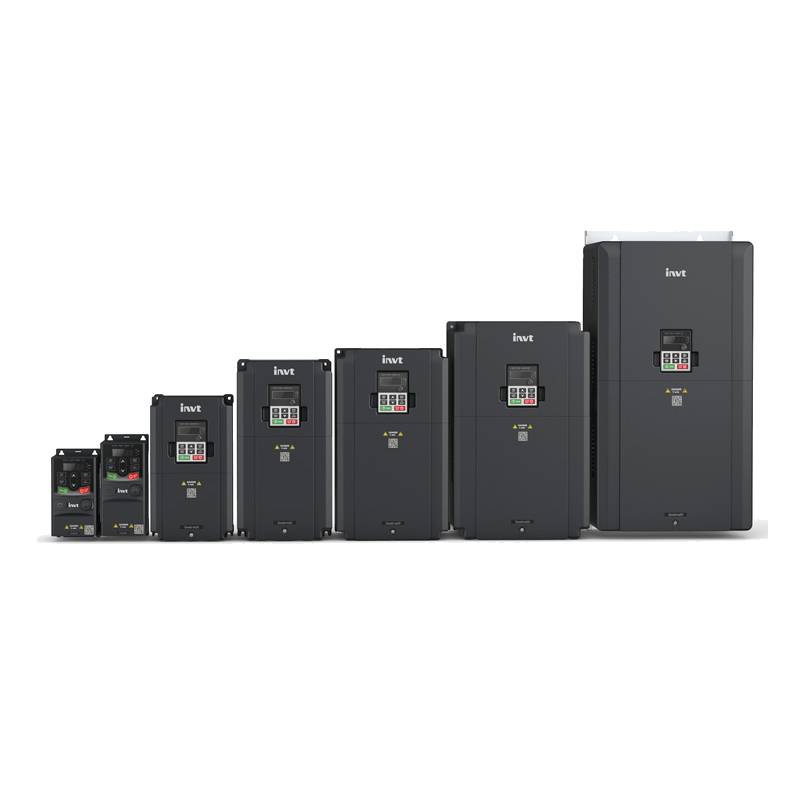
The Moxa EDS-208A-S-SC is an 8-port industrial Ethernet switch designed for rugged environments, featuring single-mode SC fiber optic connectivity for extended reach and robust data transmission. This switch offers critical advantages such as enhanced network reliability, superior electromagnetic interference (EMI) resistance, and wide operating temperature capabilities, making it ideal for demanding industrial automation, transportation, and utility applications. Its core features include a DIN-rail mountable design, advanced traffic management, and a high Mean Time Between Failures (MTBF) for consistent performance. Key technical parameters include 8 Fast Ethernet ports (6 copper, 2 single-mode SC fiber), operating temperatures from -40°C to 75°C, and a rugged IP30 enclosure.
Product Specifications
| Feature | Specification |
| :--------------------- | :--------------------------------------------- |
| Ethernet Ports | 6 x 10/100BaseT(X) auto-MDI/MDIX |
| Fiber Ports | 2 x 100BaseFX Single-mode SC |
| Fiber Wavelength | 1310 nm |
| Fiber Distance | Up to 40 km |
| Switch Architecture | Store-and-forward |
| MAC Address Table | 1K entries |
| Input Voltage | 12/24/48 VDC (9.6 to 60 VDC) |
| Power Consumption | Max. 3.6 W |
| Operating Temperature | -40°C to 75°C |
| Enclosure | IP30 |
| Mounting | DIN-rail, Wall-mount (with optional kit) |
| MTBF | 2,000,000+ hours |
| Dimensions | 31.5 x 104 x 135 mm (1.24 x 4.09 x 5.31 in) |
Core Features & Market Positioning
The Moxa EDS-208A-S-SC distinguishes itself in the industrial networking market through its robust build quality and specialized single-mode fiber optic ports, offering a significant advantage for long-distance communication in environments where copper cabling is impractical or prone to degradation. Its ability to withstand extreme temperatures and harsh conditions, coupled with a high MTBF, positions it as a reliable choice for mission-critical operations. Unlike standard commercial switches, the EDS-208A-S-SC is engineered for the rigors of industrial settings, providing inherent resilience against EMI and electrical noise, which are common challenges in factories and substations. The integration of both copper and single-mode fiber ports offers versatile connectivity options, allowing for seamless integration into existing infrastructure while also providing an upgrade path for extending network reach.
Key Application Scenarios
This industrial Ethernet switch is exceptionally well-suited for applications demanding extended network reach and high reliability. In industrial automation, it facilitates robust communication between PLCs, SCADA systems, and remote I/O devices across large factory floors or sprawling plant complexes. For transportation systems, such as railway signaling or intelligent transportation systems (ITS), the single-mode fiber ports enable reliable data transfer over long distances, unaffected by electromagnetic interference common along rail lines or roadways. In the energy sector, it is critical for connecting distributed substations, wind turbines, or solar farms to central control centers, ensuring uninterrupted monitoring and management of power grids, even in remote or challenging geographical locations. Its ability to support these diverse, high-stakes environments underscores its value proposition for industrial network designers.
Practical System Integration Guidance
Integrating the Moxa EDS-208A-S-SC into an industrial network is straightforward, leveraging its plug-and-play capabilities for many core functions. For optimal performance, ensure proper termination of the single-mode SC fiber optic connectors, verifying correct polarity and cleanliness to prevent signal loss. The switch supports a wide input voltage range, allowing for flexible power sourcing within industrial facilities; consult the power input specifications carefully to match your available DC power supply. For initial setup and configuration, such as assigning IP addresses or configuring port settings, Moxa's embedded web console or utility software can be utilized, though basic unmanaged operation is functional out-of-the-box. When extending networks, the 40 km reach of the single-mode fiber ports eliminates the need for intermediate repeaters, simplifying cabling and reducing potential points of failure.
Operation and Risk Mitigation
Operating the Moxa EDS-208A-S-SC requires adherence to industrial best practices to ensure longevity and network stability. Its robust design inherently mitigates common risks associated with industrial environments, such as vibration, shock, and extreme temperatures. To prevent potential power-related issues, it is recommended to utilize a stable, filtered DC power source within the specified voltage range and to consider employing redundant power inputs if available for critical applications. While the switch is designed for high reliability, regular inspection of fiber optic connections for cleanliness and physical integrity is advisable to maintain optimal performance and prevent communication disruptions. In the rare event of a fault, diagnostic LEDs on the unit provide immediate visual cues, and the high MTBF rating suggests that hardware failures are infrequent.
Scalability & Long-Term Value
The Moxa EDS-208A-S-SC offers significant long-term value through its inherent scalability and compatibility with evolving industrial networking standards. Its dual connectivity options—Fast Ethernet copper and single-mode SC fiber—provide flexibility for both current deployments and future network expansion. The single-mode fiber ports, in particular, enable future-proofing by offering a substantial upgrade path for increased bandwidth demands over extended distances without requiring complete infrastructure replacement. This switch integrates seamlessly into larger industrial Ethernet architectures and can be a foundational component for smart factory initiatives and the Industrial Internet of Things (IIoT), supporting robust data collection and communication necessary for advanced analytics and automation.
Frequently Asked Questions
1. What is the maximum distance for the single-mode fiber ports on the Moxa EDS-208A-S-SC?
The single-mode SC fiber optic ports on the Moxa EDS-208A-S-SC support communication distances of up to 40 kilometers. This extended reach is crucial for connecting geographically dispersed network segments or devices located far from central control points.
This capability significantly reduces the need for costly signal repeaters or intermediate switches in long-haul industrial deployments. It ensures robust data transmission across large facilities, substations, or urban infrastructure networks.
The 40 km range is achieved using standard 1310 nm single-mode fiber optic cable, making it compatible with readily available infrastructure and ensuring long-term viability for network upgrades.
2. Does the Moxa EDS-208A-S-SC support managed or unmanaged operation?
The Moxa EDS-208A-S-SC primarily operates as an unmanaged industrial Ethernet switch, offering plug-and-play simplicity for basic network connectivity. For users requiring more advanced network control, it can be integrated into managed systems or leveraged alongside Moxa's management software.
While unmanaged, it still provides essential industrial features like robust construction and wide operating temperature support for reliable operation in harsh environments. Its core function is to reliably forward Ethernet traffic between connected devices.
For configuration options like IP addressing or diagnostics, users can access its embedded web interface or utilize Moxa's network management utilities, enhancing its utility without complex initial setup for straightforward applications.
3. What type of fiber optic connector does the EDS-208A-S-SC use?
The Moxa EDS-208A-S-SC utilizes SC (Subscriber Connector or Standard Connector) connectors for its single-mode fiber optic ports. SC connectors are a popular choice in industrial and telecommunications applications due to their push-pull latching mechanism, which ensures secure connections.
These connectors are designed for single-mode fiber, which has a smaller core diameter, enabling higher bandwidth and longer transmission distances compared to multi-mode fiber. Proper connection and maintenance of SC connectors are vital for optimal signal integrity.
When installing or maintaining the fiber links, ensure the SC connectors are clean and properly seated to prevent signal loss or intermittent connectivity. The single-mode SC interface supports the switch's extended communication range of up to 40 km.
4. Can the Moxa EDS-208A-S-SC withstand harsh industrial environments?
Yes, the Moxa EDS-208A-S-SC is specifically engineered for demanding industrial environments and possesses a rugged IP30-rated metal enclosure. This robust design provides protection against dust and solid objects larger than 2.5 mm, preventing ingress that could damage internal components.
It operates reliably across a wide temperature range of -40°C to 75°C, making it suitable for applications in extreme cold or heat, such as outdoor installations or unconditioned factory floors. This wide temperature capability is a key differentiator from commercial-grade switches.
Furthermore, its high MTBF (Mean Time Between Failures) rating exceeding 2,000,000 hours indicates exceptional reliability and resilience against common industrial stresses like vibration, shock, and electrical noise.
5. What are the power input requirements for the Moxa EDS-208A-S-SC?
The Moxa EDS-208A-S-SC supports flexible power input with a wide voltage range of 12/24/48 VDC, accepting inputs from 9.6 VDC to 60 VDC. This broad compatibility allows it to be powered by various DC power sources commonly found in industrial settings.
For enhanced reliability in critical applications, the switch often features dual power inputs, enabling redundant power supply configurations. This ensures continuous operation even if one power source fails.
It's crucial to consult the product's specific documentation for precise power consumption figures and to ensure the connected power supply is stable, properly regulated, and fused to prevent damage and ensure safe operation.
6. How does the single-mode fiber connectivity benefit industrial networks?
Single-mode fiber connectivity, as provided by the Moxa EDS-208A-S-SC, offers significant advantages for industrial networks, primarily through its ability to transmit data over much longer distances than copper Ethernet. This eliminates the need for signal repeaters, simplifying network design and reducing installation costs for sprawling facilities.
It also provides superior immunity to electromagnetic interference (EMI) and radio-frequency interference (RFI), which are prevalent in industrial environments containing heavy machinery, high-voltage equipment, or power lines. This robust immunity ensures reliable data integrity and network stability.
The higher bandwidth potential of single-mode fiber also makes it a future-proof solution, capable of supporting increasing data demands for IIoT applications, video surveillance, and advanced automation systems over extended periods.
7. What is the typical power consumption of this industrial switch?
The Moxa EDS-208A-S-SC has a relatively low power consumption, typically rated at a maximum of 3.6 watts. This energy efficiency is beneficial in industrial environments where power may be limited or where many devices are deployed, contributing to overall operational cost savings.
Its low power draw also helps to minimize heat generation within the switch, which is an important factor for reliable operation in enclosed cabinets or high-density installations, especially when combined with its wide operating temperature range.
This efficiency makes it well-suited for deployment in battery-powered or solar-powered remote monitoring stations, where power conservation is a critical requirement for sustained operation.
8. What are the key differentiators of the EDS-208A-S-SC compared to standard Ethernet switches?
The Moxa EDS-208A-S-SC stands apart from standard Ethernet switches due to its industrial-grade construction, designed to withstand harsh operating conditions. This includes a rugged metal enclosure, a wide operating temperature range (-40°C to 75°C), and protection against vibration and shock.
Its inclusion of single-mode SC fiber optic ports for extended reach (up to 40 km) and immunity to EMI is a significant differentiator, catering to applications where standard copper Ethernet would fail. It also offers higher MTBF for greater reliability.
Unlike commercial switches, it often features wider DC power input ranges and redundant power inputs for critical industrial applications, ensuring continuous operation and easier integration into existing industrial power infrastructure.
9. How is the Moxa EDS-208A-S-SC typically mounted in an industrial panel?
The Moxa EDS-208A-S-SC is designed for flexible industrial mounting, with its primary mounting method being DIN-rail installation. This is a standard and convenient way to attach devices within electrical control cabinets and industrial enclosures.
For alternative mounting scenarios, optional wall-mount brackets are available, allowing the switch to be securely fastened to flat surfaces. This provides versatility for installations where DIN-rails may not be present or practical.
Regardless of the mounting method, ensuring adequate ventilation around the switch is recommended, particularly in high-density cabinet setups, to maintain optimal operating temperatures and ensure its long-term reliability.
10. What does the "S-SC" designation in the product name signify?
The "S-SC" in the Moxa EDS-208A-S-SC product name specifically indicates its fiber optic port configuration. The "S" generally denotes single-mode fiber, while "SC" refers to the type of physical connector used for these fiber ports.
Therefore, this designation clearly communicates that the switch is equipped with two single-mode fiber optic ports, each utilizing an SC connector. This is crucial for engineers selecting compatible transceivers and cabling for long-distance, high-bandwidth industrial network links.
Understanding this designation ensures that users procure the correct fiber optic modules and cables necessary for the switch's intended application, guaranteeing proper connectivity and performance for extended-reach network segments.

























